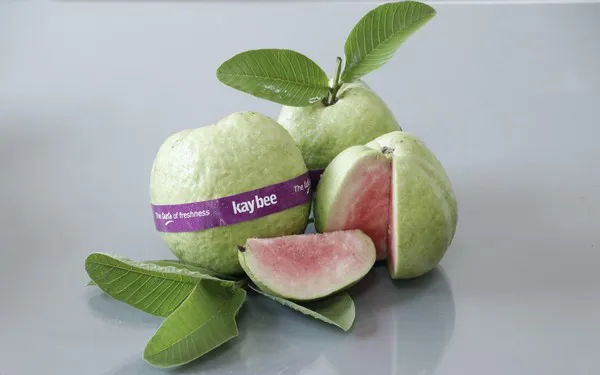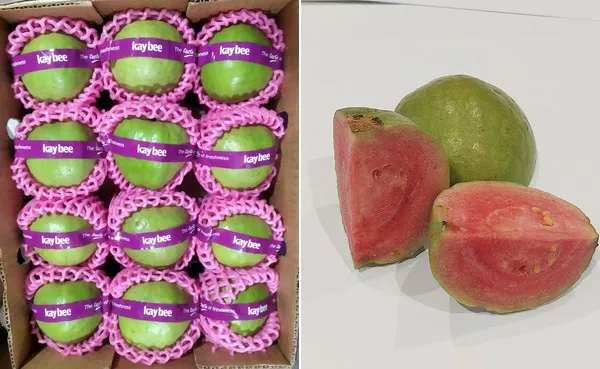The red guava season has recently kicked off in India. The history of India and guava is a long one, says Kaushal Khakhar, CEO of Indian fresh produce exporter Kay Bee Exports: “India has a long-lasting and extensive expertise at growing various varieties of guava. For several years, it has remained the largest guava producing country in the world, with 18.7 million tons harvested in 2022 from approximately 400,000 hectares of acreage. The second biggest grower doesn’t even produce a quarter of this volume.”

According to Khakhar, both its bright color and the fact that the red guava is seedless are what makes the fruit appealing for consumers. “Red guava is a perennial fruit. Its year-round availability mainly depends on the temperature; which has to be ideal to allow the fruit to set. Because India benefits from diverse agroclimatic zones, it is very easy to ensure the year-round supply of red guavas. The red guavas available in India have a soft light green skin and are made unique by the bright red colour of their flesh, which are as red as that of a watermelon. It is also seedless. This makes it an appealing fruit for the consumers from just its appearance alone, but also and from an eating quality perspective.”
Although the main market for the red guava is the Middle East, Khakhar does feel there is a place for red guava in the European markets: “Traditionally, the best market to export guava is the Middle East, where this fruit’s consumption is already high and there is sufficient awareness about it. Nevertheless, we see opportunities in less common places such as the European market, where the red guava would be an exclusive, ultra-exotic fruit. Although the peak season of red guava recently started, we’re witnessing a very strong interest from many of our regular customers, but also a certain curiosity from several others. Our guava complies with the destination country’s pesticide residue limits, packed in a BRC Grade A packhouse and SMETA approved. We expect the demand for this fruit to keep growing for both the domestic and international markets.”

The goal for the season is to increase the popularity of the red guava in the global market, Khakhar explains. “Our objective for the rest of the season is to implement strong partnerships with retailers or importers, who share our interest for this unique fruit and help us increase its place in the market. Not only would red guava be an ideal part of an exclusive, ultra-exotic or niche range for its appearance or eating quality, but it also carries many health benefits. For example, it contains twice the amount of lycopene present in tomatoes; lycopene is a natural antioxidant that protects your skin from UV damage. It also contains 4.3 times more vitamin C than a lemon and 2.3 times more fibre than an orange.”
Kay Bee Exports is exhibiting during Fruit Logistica in Berlin. You can find their stand in hall 5.2, booth C-21.
For more information:
Kay Bee Exports
Tel: +91 8879 000 973
Email: Export@kaybeeexports.com
www.kaybeeexports.com
